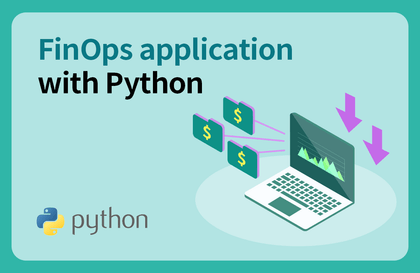👉 Please note before purchasing.
- This course was produced in 2020. The UI screen layout, including AWS Lambda, may differ from the current version. Please review the preview lecture and curriculum before purchasing.
Based on some implemented HTML/CSS/JS files
It consists of lectures that lead to the completion of a project.
🗒 Course Introduction
With the sheer volume of technical knowledge and empirical knowledge to consider, it's becoming increasingly impossible for developers to handle and understand everything. This is especially true for small development teams and startups, where limited funding and human resources make it extremely difficult to properly manage servers, networks, and other aspects of the business.
- My website, which used to receive about 10 visitors a day, suddenly saw a surge in real-time search traffic, exceeding 10,000 visitors, and the server crashed. Can I get a few more server computers, install the program, and connect them right away? But I'm guessing only 30 visitors a day will be visiting in a month. Then, I won't need as many servers... What should I do?
Without a skilled server/network administrator or hosting provider, this isn't an easy problem to solve, and it's a nightmare for development teams. And it's unavoidable.
However, with the advent of cloud services, these difficulties are gradually disappearing. Serverless applications, in particular, dramatically reduce the burden of server management, allowing developers to focus more on development and achieve higher productivity. This powerful advantage also allows companies to enjoy significant cost savings. Therefore, I believe that the ability to develop in a cloud environment will become a significant indicator of a developer's competitiveness in the future.
In this course, we will cover the process of building a serverless application by integrating it with AWS's representative serverless services, API Gateway, Lambda, S3, and Dynamo DB, based on a project file for creating a Kanban board that has already been implemented to some extent (pure HTML, CSS, and Javascript without any libraries or frameworks).
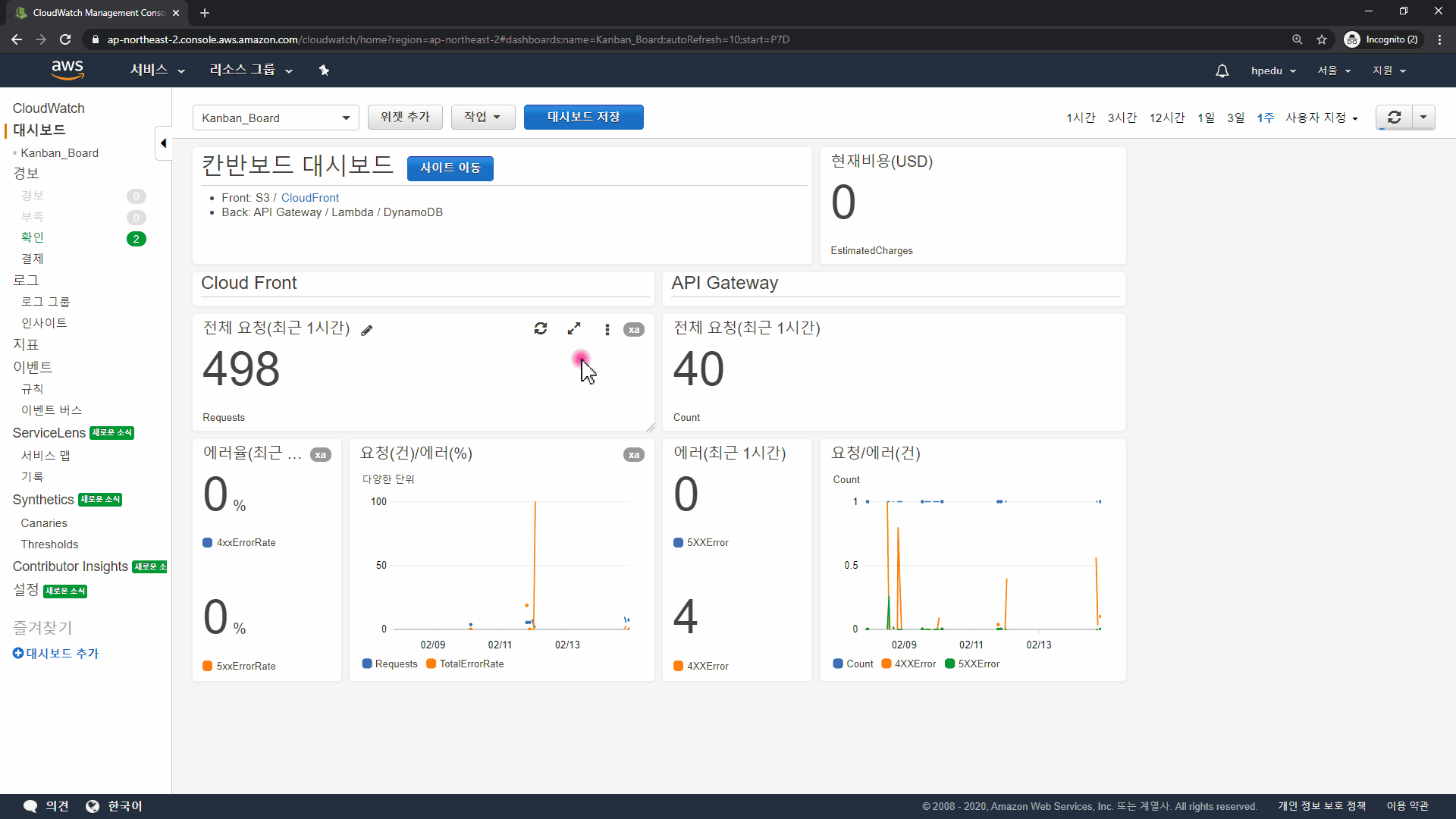
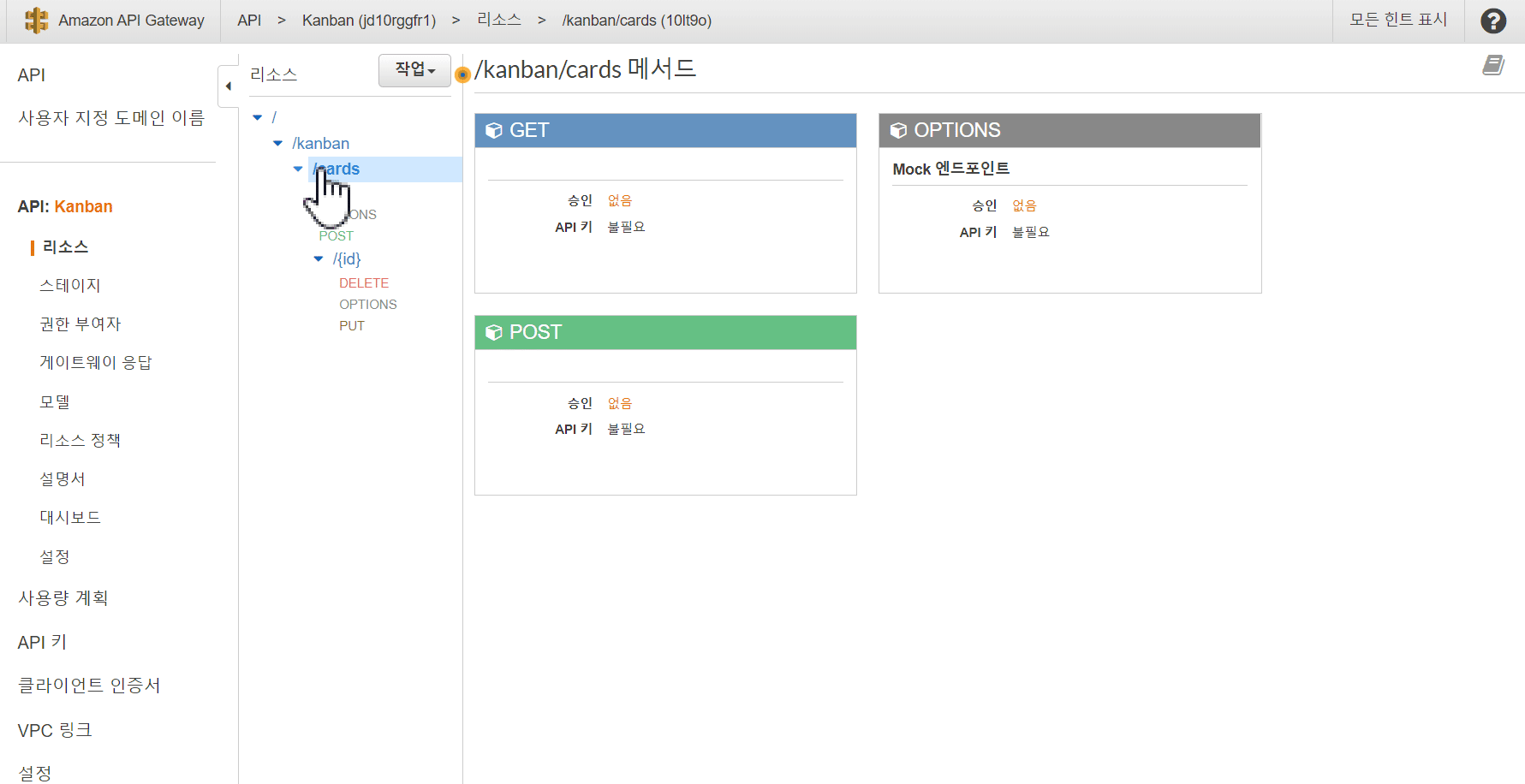
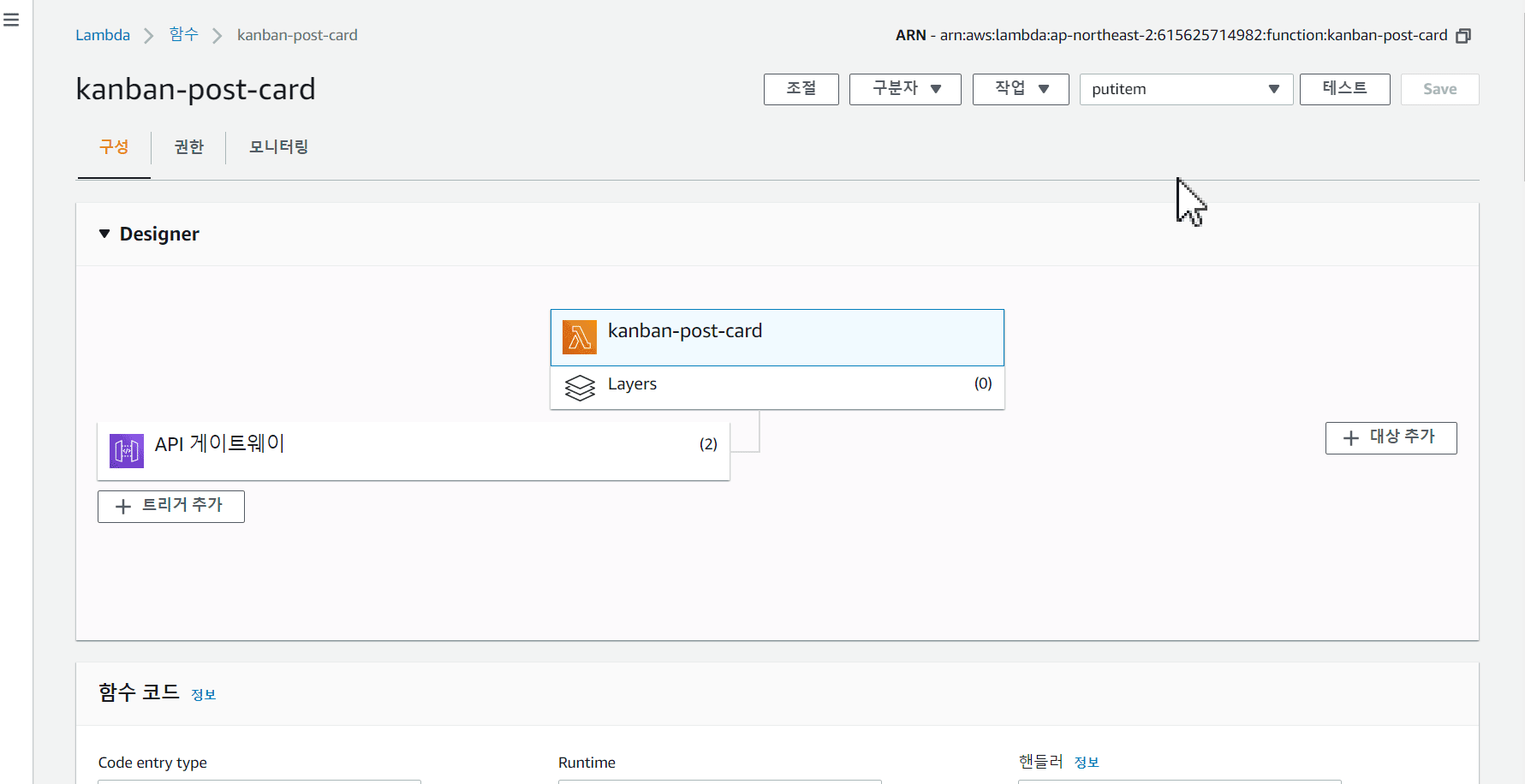
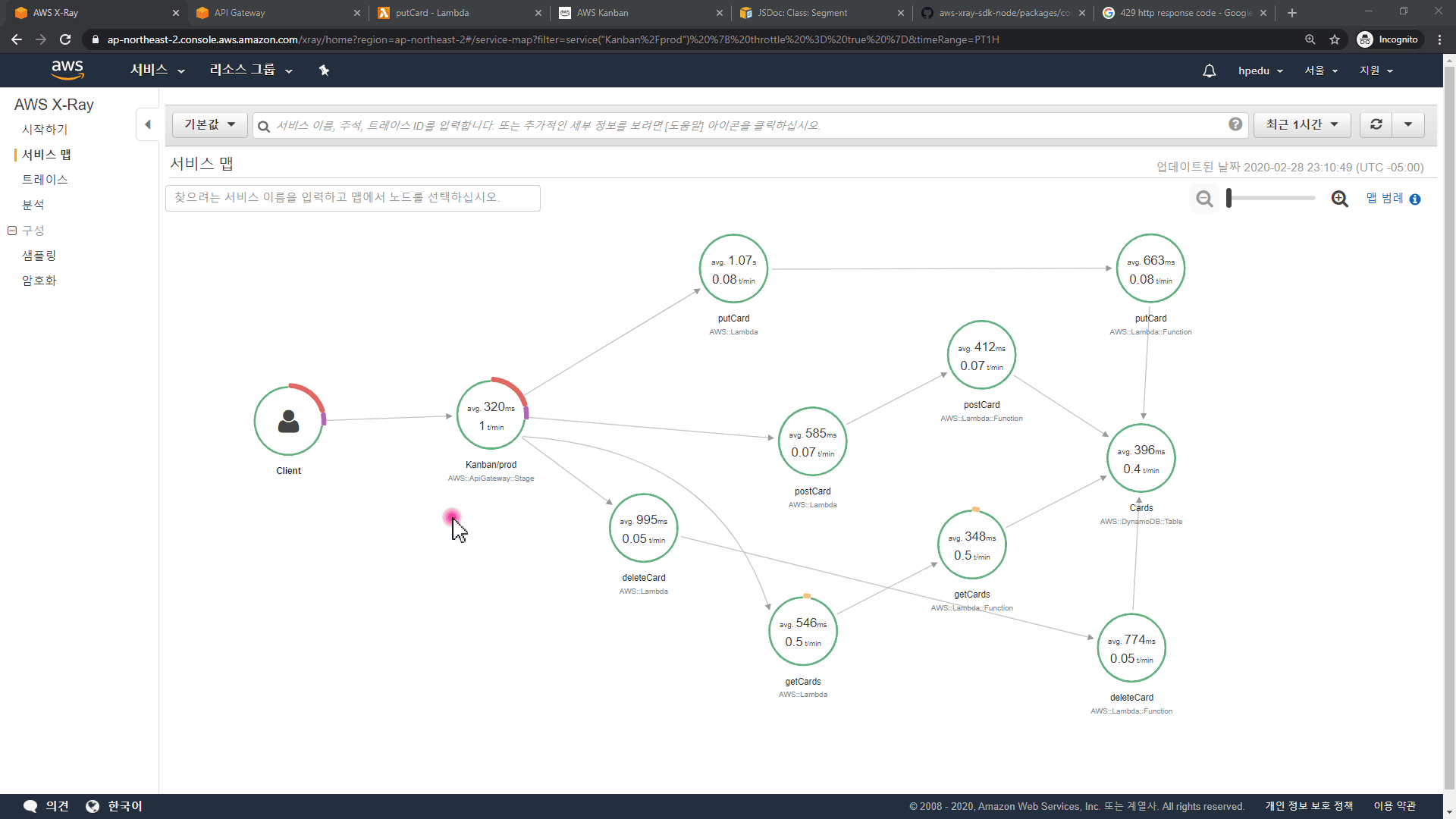
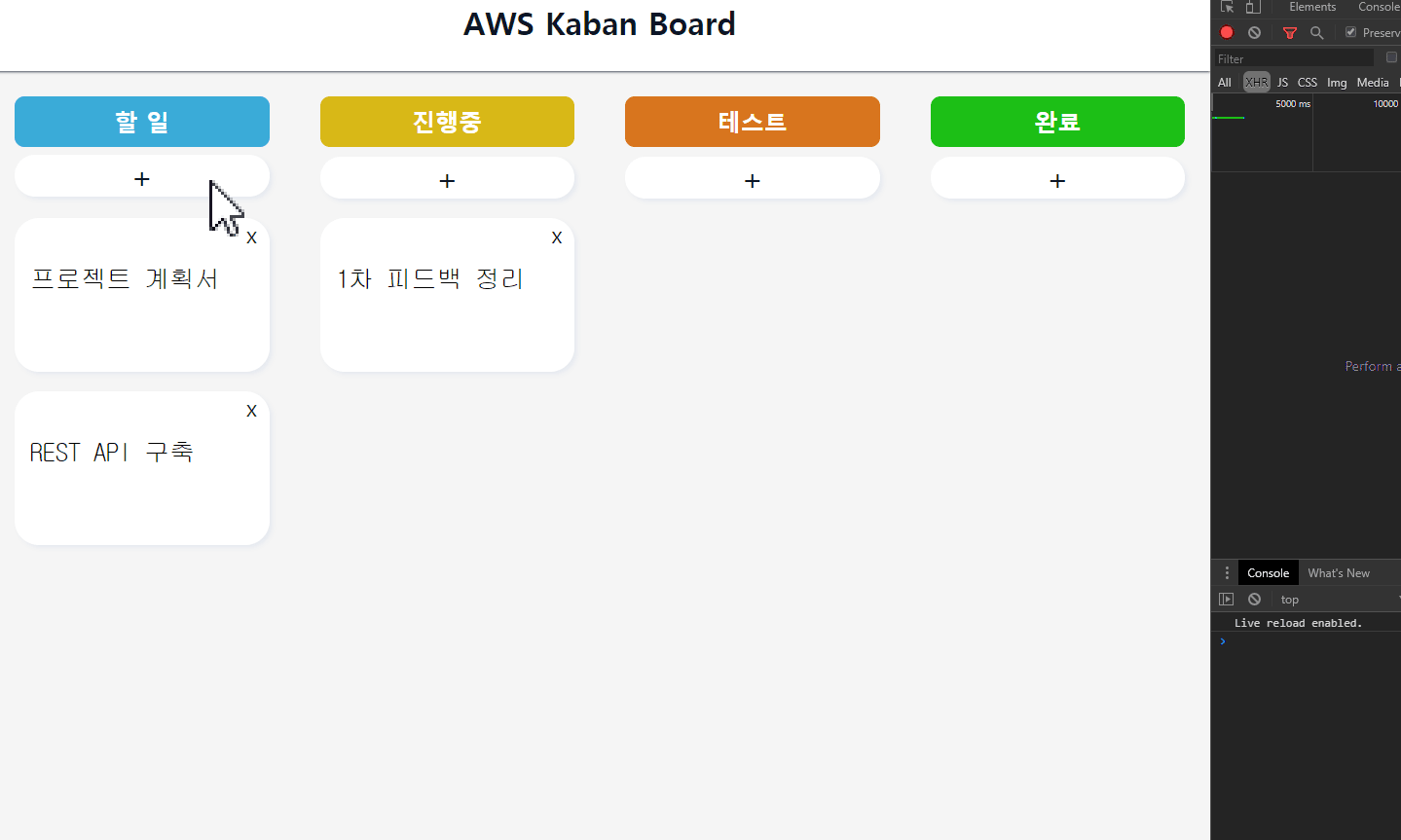
🙌 Tools covered here
- Modifying JavaScript in Visual Studio Code for Windows.
- Download the completed source code from GitHub.
- Test the AWS Console and completed project with the latest version of Chrome.
🙋🏻♂️ Expected questions related to the lecture
Q. Do I need any prior knowledge of AWS?
A. If you are new to the cloud, please refer to the video below from AWS Korea on why the cloud is necessary.
(Short version: You only need to watch the first 12 minutes)
https://www.youtube.com/watch?v=XEet5E7z1cs
(Long version: 1 hour 23 minutes)
https://www.youtube.com/watch?v=KBzkeuX32XY
Q. What level of programming knowledge is required?
A. This course builds on a project built on HTML, CSS, and JavaScript code that's already been completed to a certain extent. While the course doesn't cover the existing source code, it does require an intermediate level of JavaScript knowledge to understand the API calls covered in the course. While the backend Lambda function is written in a Node.js environment, AWS handles server and platform management, eliminating the need for developers to worry about it. All you need to do is follow the JavaScript syntax used to write the core logic.
This may be challenging for those unfamiliar with concepts like asynchronous syntax (Async/Await, Promise), HTTP Request/Response, and JSON. However, it can help you understand the general flow of serverless web development using AWS. Of course, it's best to learn these concepts first before proceeding.
Q. Are there any costs associated with using AWS?
A. This course is designed solely around the free tier, which allows new AWS subscribers to use a certain amount of data for free for one year. Even after a year, we expect your billing to be minimal. We'll introduce an alert at the beginning of the course when charges exceed a certain amount.






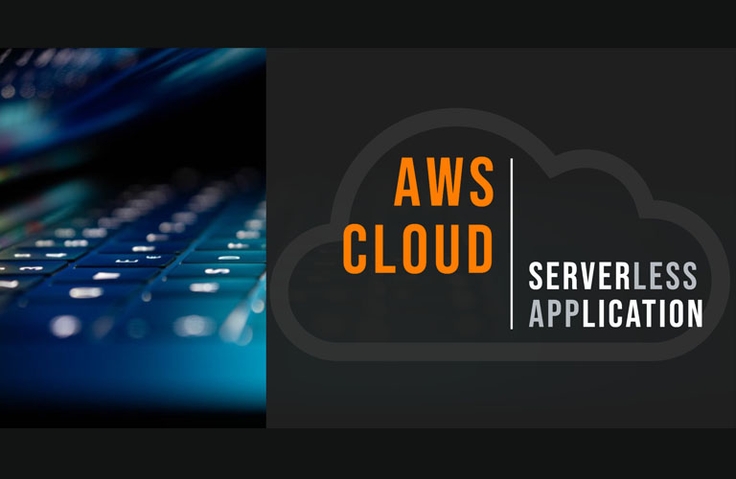





![[2025 Renewal] Building Your Own AWS Cloud Infrastructure - Fundamentals강의 썸네일](https://cdn.inflearn.com/public/course-325915-cover/c5c876a5-048f-49ce-b459-f1339432a43e?w=420)
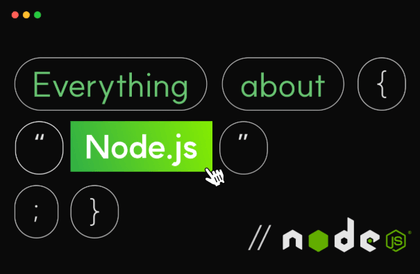
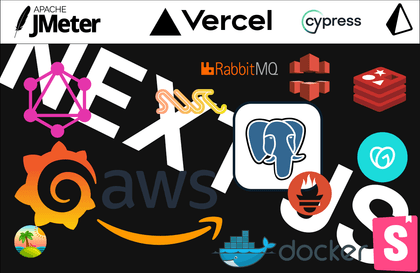
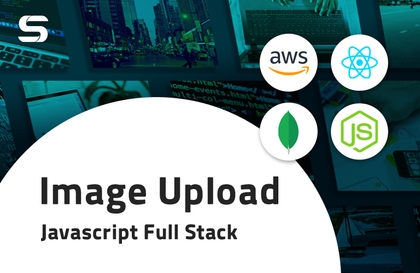
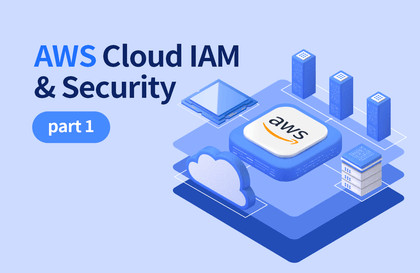
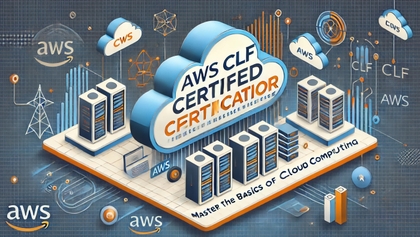
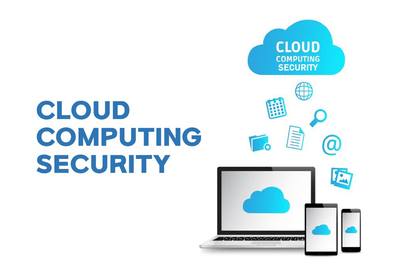
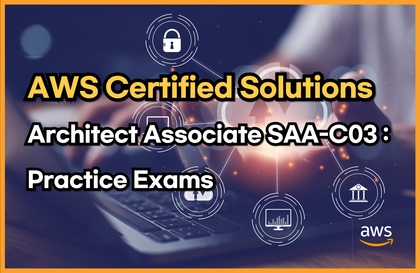
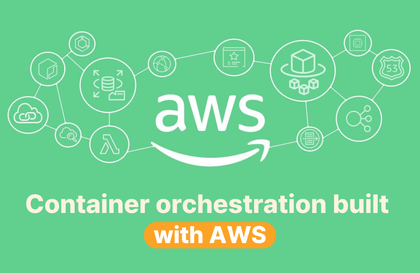
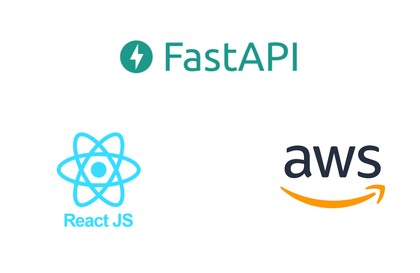
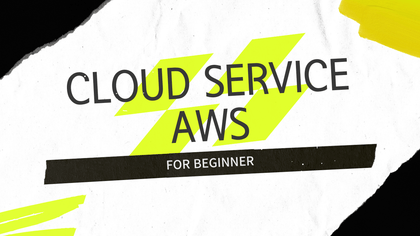
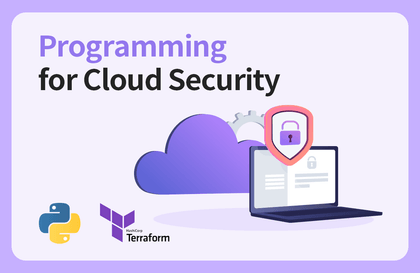
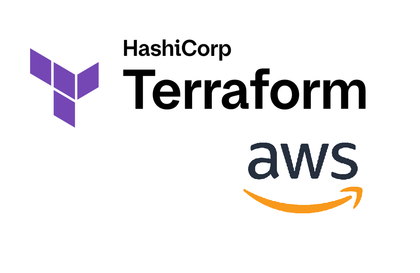
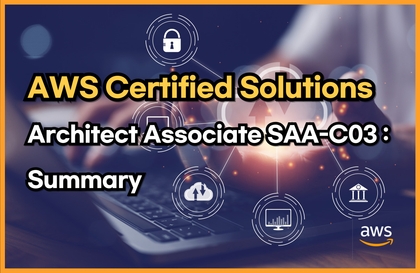
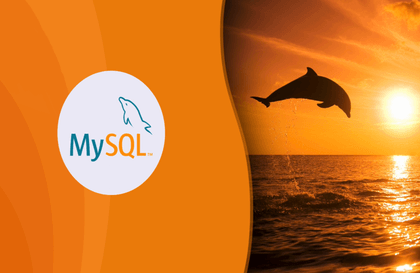
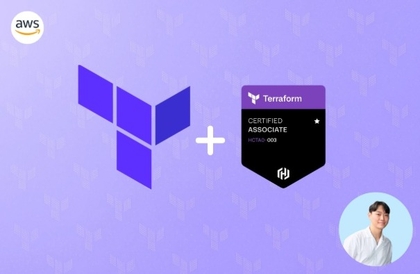
![[3-Week Completion] Cloud CS (AWS) for Senior-Level Advancement강의 썸네일](https://cdn.inflearn.com/public/files/courses/339607/cover/ai/0/04a386cd-9003-440b-a9a3-1a25ddfd63df.png?w=420)
